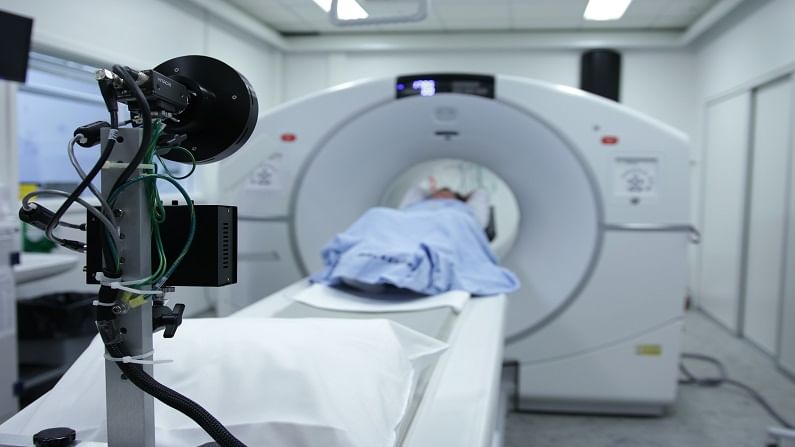AIIMS chief warns against going for CT scan in mild COVID cases
AIIMS Director Dr Randeep Guleria said that many people are opting for the test the moment they find out they are positive for COVID-19 and added that misuse of CT scans and biomarkers may cause damage
- Press Trust of India
- Last Updated : May 3, 2021, 19:17 IST

New Delhi: The AIIMS chief on Monday warned against rushing for CT scan in cases of mild COVID-19, saying it has side effects and can end up doing more harm than good.
Stressing that there is no need for doing CT scans in mild COVID cases, AIIMS Director Dr Randeep Guleria at a press conference said that many people are opting for the test the moment they find out they are positive for COVID-19 and added that misuse of CT scans and biomarkers may cause damage.
“One CT scan is equivalent to 300 to 400 chest x-rays. According to data, repeated CT scans in younger age groups increase the risk of cancer in later life. Exposing yourself to radiation again and again may cause damage. So, there is no point in doing CT scan in mild COVID-19 if the oxygen saturation is normal,” Guleria said.
Even in mild illness and according to a study, even in asymptomatic cases, a CT scan may show patches which go away on their own without treatment, he said.
He advised that CT scans should be done in cases of moderate disease, when hospitalised. “And if there is a doubt, one should opt for a chest x-ray,” he said.
Guleria further said that several blood tests for biomarkers are also not needed in mild illness or in home isolation if the oxygen saturation is fine, fever is not high and there are no other symptoms.
“As this will cause panic. These biomarkers are acute phase reactants and they increase even when there is some normal injury and toothache, it does not show that the COVID-19 disease has become severe. This causes more damage. Reliance on these tests can lead to over treatment,” he said.
He said that clinical management guidelines are clear that people with mild illness need no medicine. Based on limited data, one can take ivermectin or hydroxychloroquine but there is no need to take too many medicines, he advised.
“Some patients take steroids in the early part of the disease which increases viral replication. Taking high dose steroids in mild cases may lead to severe viral pneumonia. Steroids should be taken in moderate stage and as advised by doctors,” he said.
Falling oxygen saturation (below 93), excessive fatigue or chest pain are warning signs indicating that a patient in home isolation may need hospitalisation. Thus, such patients should stay in touch with a doctor and high-risk group people having comorbidities also need to take special care, he said.
Guleria further said that in moderate illnesses three types of treatment –oxygen therapy, steroids and anticoagulants — are effective and are the main treatment strategy.
Download Money9 App for the latest updates on Personal Finance.
Related
- Covid first wave led to increase in antibiotic misuse in India: Study
- Centre rushes teams to six states reporting a high number of Covid cases
- Covid-19: India records 46,617 new cases; national recovery rate crosses 97%
- India’s medical infrastructure well prepared to deal with possible third Covid wave, says FM
- Karnataka makes RT-PCR negative report, vaccine certificate must for Kerala travellers
- National Doctors’ Day: Over 1500 doctors sacrificed their lives in fight against Covid-19

